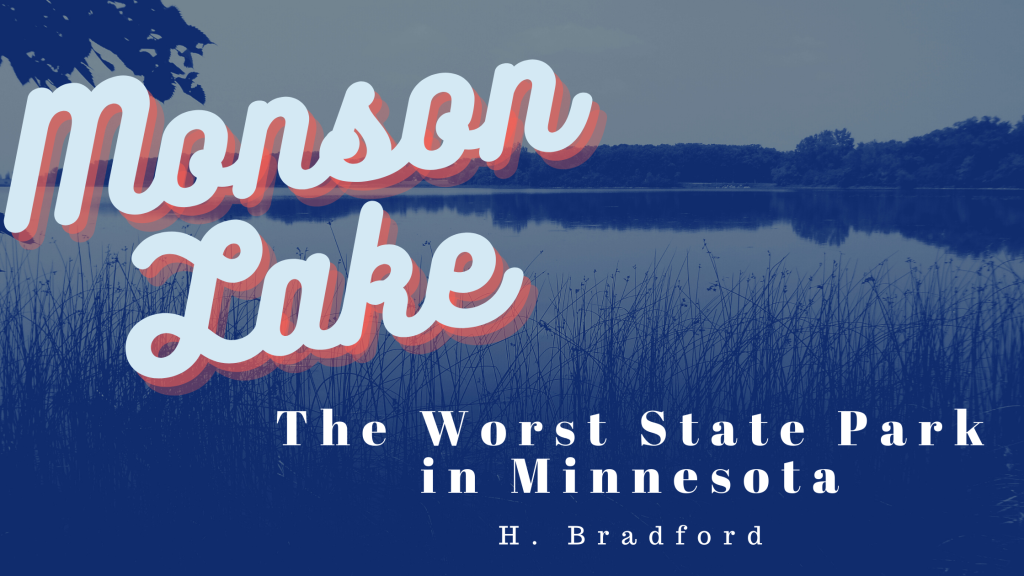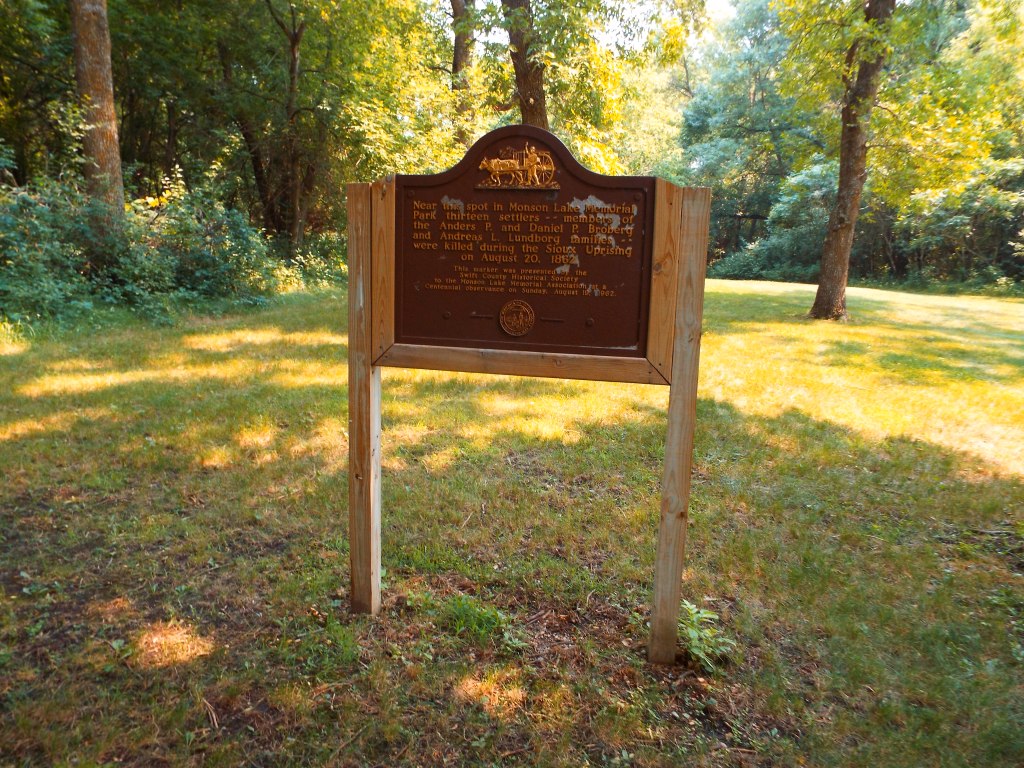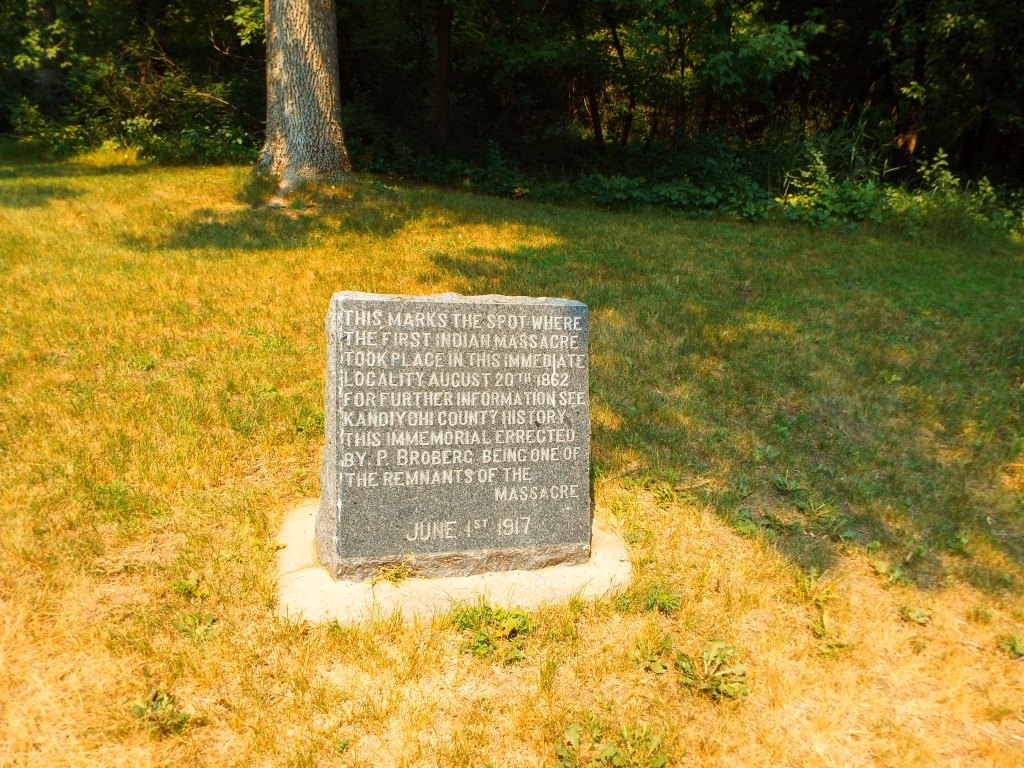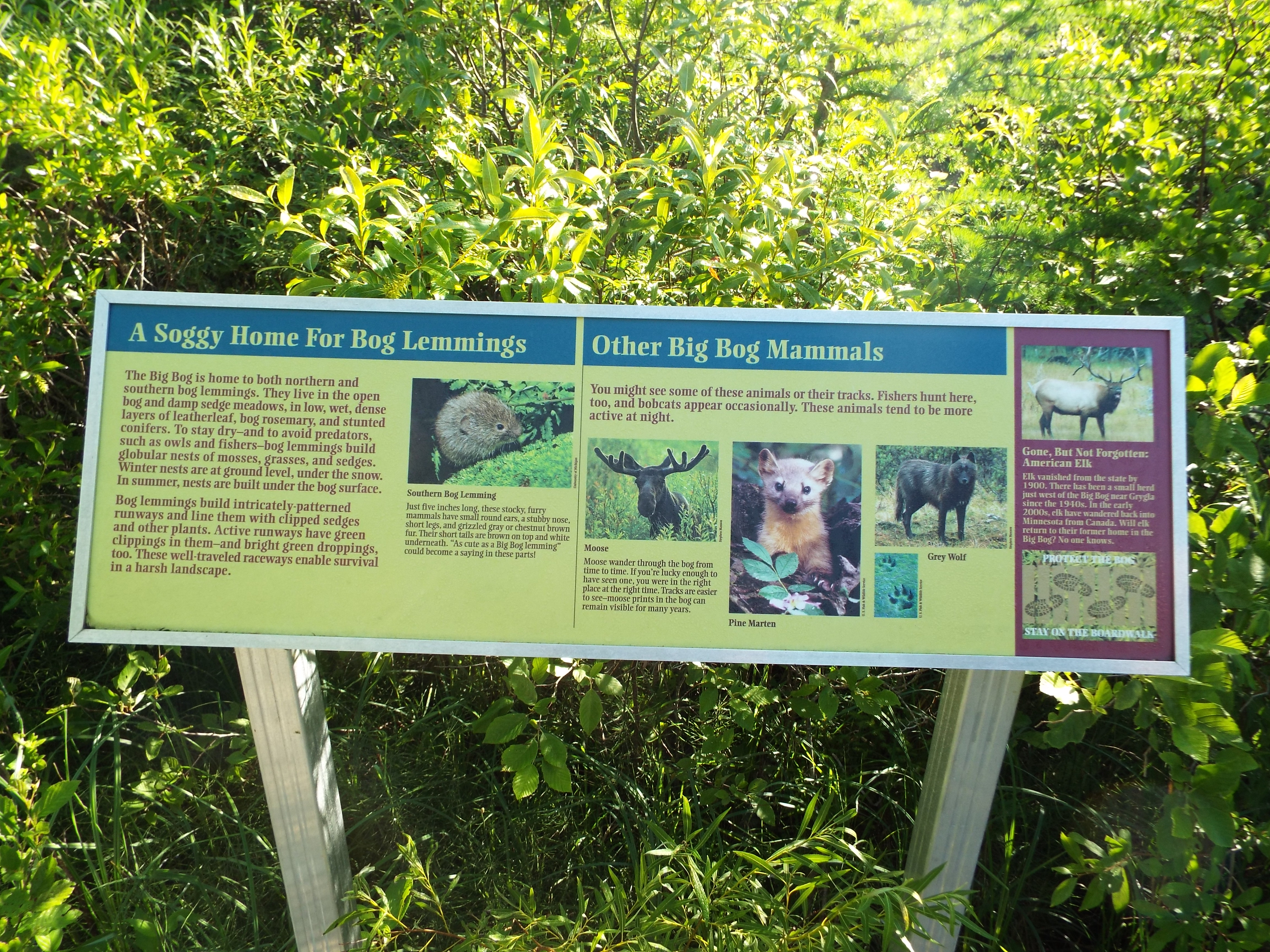
Road Trip: Texas to Minnesota!
H. Bradford
5/20/18
This year, my brother accepted a new job in Minnesota. This meant that he had to move his family and belongings from San Antonio to Minnesota. The move presented a logistical problem, as he has two vehicles but would have had to pay someone to move one of the vehicles north. So, rather than have him pay someone to move his vehicle- I volunteered to drive it for him! I thought it might be fun to travel from Texas to Minnesota on an epic sibling road trip. I planned out some stops and a route for us. Because of my work schedule (eight days on/six days off) I was able to fly to San Antonio and embark on this road trip without having to miss work. Of course, the only problem was that 1.) I hate driving. 2.) I have never driven that far before. 3.) I have never really driven in major cities. But…the lure of adventure outstripped my anxieties and the cross country odyssey began. Here are some highlights from the cross country journey!
Day One/Two: San Antonio
Riverwalk:
I arrived in San Antonio in the late afternoon after working a night shift the day before (and a stretch of nine shifts in a row prior to the trip). Although I was sleep deprived, I had just enough energy to explore the River Walk for a few hours. The River Walk is a well touristed area, but an easy place for a leisurely stroll and overpriced food. I enjoyed eating Mexican food, observing ducks, and posing by The Alamo. In the past, I have had some misgivings visiting and posing by The Alamo, which is a symbol of Texan independence/statehood. On the other hand, it could also be viewed as a place where Mexico squarely defeated insurgent U.S.settlers. Or, it could be viewed as a Spanish mission to educate or covert (i.e. acculturate/destroy) Native Americans into the Catholic faith. However one wants to remember The Alamo, a highlight was watching my brother convince one of the park rangers to take a photo with me by pretending to be a guileless tourist, rather than San Antonio resident for the past several years. 
San Antonio Botanical Gardens:
It is hard to rank something like botanical gardens, since each is unique in their own way. However, I will say that San Antonio probably has one of the best botanical gardens that I have been to. A person can spend hours in the massive gardens, which features plants from several Texan regions, a pond, a bird observatory, children’s gardens, herb gardens, butterfly gardens, a Japanese garden, collections of ferns and citrus fruit, and much more. The garden also offers a great view of San Antonio. I visited the garden while my brother was finishing his exit paperwork for the army. I focused on birdwatching, which is also great at the botanical gardens!

The Missions:
After visiting the botanical garden, my brother and I headed off to see some of the San Antonio missions. Although I have visited San Antonio twice before, I had not visited the missions on my prior trips. I was not entirely interested in them, since well, they are monuments to the conversion of Native Americans to Catholicism. However, since it was my last visit, I had not previously seen them, and they are World Heritage Sites, I thought there might be some value in paying a brief visit. As such, we checked out two of the four missions. We visited Mission San Jose and Mission Concepcion. I would say that a highlight of visiting Mission San Jose was walking along the defensive walls of the grounds and imagining what life must have been like for the people who lived within the walls. We paused to take a photo of the ornate, Rose Window, which was very popular with tourists. Otherwise, after walking the grounds, we headed over to Mission Conception, which was much smaller. The most notable thing about this mission site was the Native American murals. The ceiling of one part of the mission featured a sun with a mustache. I like to think that the artist wanted to slip in some sort of subtle cultural resistance against Catholicism. 
Government Canyon State Natural Area
One of my favorite places to visit in the San Antonio area is Government Canyon. In the past, I have spent many hours hiking the canyon area. A must see highlight of the hike is the dinosaur footprints, which are located about two and a half miles from the visitor center. Unfortunately, each time I have visited the tracks have been submerged in water. Despite the algae, mud, and water, the shape of the tracks is generally visible without much imagination. From the dinosaur footprints, hikers can choose several other trails. This time, my brother and I chose to take the overlook trail.


Day Three: San Antonio to Gainesville, Texas
On day three of the trip, we finally left San Antonio via HWY 281 towards Marble Falls. This route was preferable to the congested and speedy I-35, which would have taken us through Waco Texas (and to Mammoth National Monument). The easy drive took us through Texas’ Hill Country, past many things named after Lyndon B. Johnson. Our first stop was in Marble Falls for breakfast…
Blue Bonnet Cafe:
We stopped for breakfast at the Blue Bonnet Cafe in Marble Falls, Texas. I am not a huge fan of pancakes, but I will say that I had the best pancake I’ve eaten at this cafe. It was fluffy, filling, and thick. I also appreciate that everywhere I ate in Texas had iced tea (at all hours) and that I was often offered a “to go” cup for my refill. This is not the norm in Minnesota. In any event, the breakfast was a great start to the day, which says a lot since breakfast is my least favorite meal.

Balcones Canyonlands National Wildlife Refuge:
Following breakfast, we detoured away from 281 to Balcones Canyonlands National Wildlife Refuge. The visitors center was closed, but we went on to hike at the Warbler Vista. Our goal was to see the elusive and endangered Golden Cheeked Warbler, which is endemic to Texas and only breeds in mature juniper forests. We wandered along a jagged juniper lined hill trail. While we heard birds, we saw nothing for most of the hike. Then, towards the end of the hike, we decided to take a moment to investigate the source of a birdsong. Sure enough, it was the Golden Cheeked Warbler! I struggled to photograph the quick bird as evidence that I had seen the endangered warbler. The bird actually landed a few feet away from my brother, then zipped off to some nearby evergreens. I was able to snap a photo. We saw and heard the bird a few more times before finishing the trail. At the end of the trail, I saw two scrub jays, which were also a first time sighting for me. The Balcones Canyonlands National Wildlife Refuge is also home to the Black capped vireo, another endangered bird. We set off to the Shin Oak overlook, where the bird is sometimes found. However, we did not have any luck seeing this bird. We saw an Indigo Bunting and many cardinals, which seem pretty abundant in the Texas Hill Country. 

Dinosaur Valley State Park:
Our journey continued towards Dinosaur Valley State Park. This brought us back along HWY 281 to enjoy more Hill Country scenery and small, Texan towns. One of the more unique towns that we passed through was Hamilton, Texas. Hamilton features a Frida Kahlo themed Mexican restaurant and the grave of a man who claimed to be Billy the Kid. Further along 281, Hico Texas hosts a Billy the Kid museum. We did not stop at these places as we lacked the time, but I think that they would have been interesting stops.
We drove on to Dinosaur Valley State Park, which is known for several sets of dinosaur foot prints. When we arrived, the day was very hot. We were initially very excited to pose by the giant dinosaur statues and find the prints. The excitement gave way to frustration. The park was very busy and the tracks were located in the water. We slipped out of our shoes, waded into the water, and crossed slippery rocks to view one set of tracks. This was a lot of effort. I had imagined that the tracks would be permanently etched in mud turned to stone along a dry path. Nope. It is my understanding that all of the tracks are located in the Puluxy River. There are times of the year when the river is drier and access to the tracks is easier. Based on my experience, I would recommend bringing water shoes and preparing for some wading to access them. I would also recommend a water proof camera or not bringing along anything that should not get wet. On the other hand, the park is an ideal place to bring kids, since children can literally swim around with dinosaur foot prints. 

After viewing one set of footprints, we decided to go for a hike. Hiking on any of the trails involved crossing over the river (which is another good reason to bring water shoes or waterproof hiking boots). My feet got wet in the crossing. The heat and wet feet added to my waning morale. I was encouraged by the idea that we might see a rare Black capped vireo on one of the trails. However, we didn’t see many birds and after driving all day, we didn’t have much energy for a long hike. Our final destination was still over two hours ahead of us, so we eventually turned around to plot the final leg of our day’s journey.

Gainesville, Texas:
We spent the night on Day Three in Gainesville, Texas, which is located very close to Oklahoma. The drive there was pleasant enough as we skirted around major cities and the associated traffic. By the time we arrived, it was late in the evening and we were both tired. We didn’t do much sightseeing in Gainesville, but managed to drag ourselves to a Mexican restaurant not far from our hotel. I ordered a vegetarian taco, which was stuffed with “mixed vegetables.” As it turned out, the mixed vegetables were literally the sort of mixed vegetables a person gets from a can or in a school lunch (carrots, corn, green beans, lima beans). It was odd and disappointing. Otherwise, we strolled around the historic downtown area and called it a day!
Day Four: Gainesville, Texas to Wichita, Kansas
Day four took us from Gainesville, Texas to Wichita, Kansas. We set out early, followed Interstate 35, and made our first stop in Oklahoma City to visit a few tourist sites. Oklahoma has some lovely landscapes and I regret that we did not stop to take some photos as we pressed towards Oklahoma City.
Myriad Gardens and Bricktown:
This botanical garden was smaller than I thought it would be, but it was still a relaxing place to visit. I enjoyed the small collection of unique fruit plants such as the blackberry jam plant (Randia Formosa) and fruit salad tree (Monstera Deliciosa). Outside of the greenhouse, there was a park/amphitheater with ducks, irises, and a sunken lake. Myriad Gardens is located by the Bricktown Entertainment District. My brother and I strolled around the area, enjoying the river walk along the Oklahoma River. I regret that I did not take more photos of Bricktown itself, which seemed like a pretty typical center of urban tourism. Originally, Bricktown was an industrial area centered around the Santa Fe Railroad. Bricktown and neighboring Deep Deuce were once centers for Oklahoma City’s African American population, but this shifted with the decline of industries, construction of major highways, and desegregation of the city. In the 1980s the area was purchased by a private developer and further gentrification was promoted by the city’s Metropolitan Area Projects (MAP) program. http://www.blackpast.org/aaw/bricktown-and-deep-deuce-oklahoma-city-1889 
Museum of Osteology:
I wasn’t sure what to expect from the museum located miles away from Oklahoma City’s center in what appeared to be a neighborhood of warehouses, fields, and road construction. It was also strange that the remote building was a private museum of skeletons collected by an individual. It seemed rather eccentric that a person would collect over 300 skeletons, which he personally cleaned, and displayed for the public. Despite the weird location and fact it was someone’s menagerie of the dead, the museum was actually one of the most memorable that I have visited. The displays were professional and scientific. The skeletons were generally organized by taxonomic families and featured interesting facts. For instance, I learned that hedgehogs were no longer grouped in the order Insectivora (as it no longer exists). All of the skeletons were real, with the exception of a collection of early human remains replicas. The center of the museum featured giraffe, whale, hippo, and elephant skeletons. The gift shop was full of unique souvenirs, including unicorn skeleton bumper stickers, glow in the dark animal skeleton t-shirts, and toad skeletons encased in plastic.

Chisholm Creek Park/Great Plains Nature Center:
Upon arriving in Wichita, we felt like taking a walk. We had heard of the Great Plains Nature Center, but read that it was closed on a Sunday. My brother searched for another nearby park and found the Chisholm Creek Park. As it turned out, the park WAS actually part of the Great Plains Nature Center and OPEN. This was great luck! We hiked along the trails, which meandered through wetlands, forests, and prairie areas. I saw many birds, including two black crowned night herons, many tree sparrows, and great blue herons. The park was surprisingly busy for a Sunday evening, with people of all ages enjoying nature. While we didn’t stay long in Wichita, Chisholm Creek Park was definitely worth a visit (and probably even better when the visitor center is open!) 
Day Five: Wichita to Sioux City, Iowa
Day five of our journey was packed full of driving, outdoors, and adventure.
Tallgrass Prairie Reserve:
Just over an hour away from Wichita on a farmland and meadowlark lined highway is the Tallgrass Prairie Preserve. This park is a small piece of the ecosystem that once spread across the midsection of country. Only 4% of the US’ tall grass prairie remains. We arrived early and were immediately charmed by the hilly, grass carpeted landscape and socially awkward park ranger at the visitor center. Best of all, the park is FREE to visit! We set off on a trail that began near the visitor center, which took us through pasture and along a wooded river trail. The small patch of woods hosted a large variety of birds, making for some of the best birding on the trip. It also shaded us from the sun and provided a nice vantage point for viewing the prairie. We hiked for over two hours, ending just as the sun was gaining strength. If we would have had more time to explore, we could have taken a bus tour to visit other parts of the park and view the bison herd. Instead, we had a long day of driving ahead of us, so we set off on back roads towards Topeka. I wanted to avoid toll roads, so we took a slightly longer route. The longer route gave us a nice view of the Flint Hills and smaller Kansas communities.

Westboro Baptist Church:
I was not aware that the Westboro Baptist Church was located in Topeka, Kansas. The hateful church is located in a quiet residential neighborhood. We stopped for the spectacle of seeing the infamous church and also for the opportunity to give them the finger. We made the quick stop before taking a fast food lunch break in Topeka. Across the street from the church are two colorful houses. One is decorated in the colors of the Trans flag and the other is clad in rainbow siding. The house with the pride flag colors is the Equality House, which has hosted weddings, drag shows, and fundraisers. The Trans flag house was purchased by an eight year old transgender child through crowdfunding. There are many fast food restaurants located near the church, so we stopped for a quick bite to eat before continuing our journey. 

Indian Cave State Park:
From Topeka, we headed to Indian Cave State Park in Nebraska. We arrived in the late afternoon, once again following rural roads. I wanted to visit the park, since I thought it would be interesting to see petroglyphs left behind by Native Americans thousands of years ago. There is also a ghost town nestled within the state park.
We found that the park was very expansive if not a little confusing. The petroglyphs were located at the furthest end of the park, along a cliff face facing the Missouri River. The rock wall is more of a cliff than a cave. Still, the site is easily accessed from the road. Unfortunately, many people have carved messages into the rock face over the years. The petroglyphs are hidden within a mess of graffiti. There seems to be little to prevent further desecration of the monument, so I would recommend visiting the park for the opportunity to see it while you can! 
After visiting the petroglyphs, we followed the road back to the ghost town of St. Deroin. The city was abandoned after the Missouri River shifted and the town lost ferry service. Interestingly, the community was part of the Nemaha Half-breed reservation, who were a group of mixed ancestry Native American/European people. The reservation ceased to exist in 1861 but some of the descendants continue to live in the area to this day. It seems like a fascinating history, since they would have been outsiders to both societies and I wonder how modern descendants fare today. For instance, do they identify with their Native American roots or do they want some kind of federal recognition?

Finally, we explored a wetland trail near the remnants of St. Deroin, where we saw over a dozen Indigo buntings and my brother saw a bobwhite. The trail offered a few of the Missouri River, as well its previous path by St. Deroin.
Sioux City, Iowa:
After a long day of driving and exploring, our final stop was Sioux City. We didn’t arrive until after 9pm, so we really didn’t have time to explore. My impression was that Sioux City seems to be a hub for semi trucks. The only thing we did in Sioux City was share an appetizer sampler at Perkins, almost collapse from exhaustion when we arrived at our hotel, and complain about the news coverage of the royal wedding.
Day Six: HOME!
Lake Crystal:
On our final day, we drove from Sioux City to our respective homes. The final journey took us through Lake Crystal, Mn, where my brother picked up the rest of his family. I stopped by the nearby Welsh Park, which is named after the second longest city name in the world. Apparently, many Welsh people settled in the area. There was once a Welsh Methodist church and there is also a Welsh Heritage Orchard. There is also a Welsh farmstead on the national register of historic places (Jones-Roberts Farmstead). I don’t know the specifics of Welsh settlement in Lake Crystal, but Blue Earth and LeSueur Countries attracted a few thousand Welsh settlers who farmed in those counties.

Pigeon Lake Rookery:
Continuing north, we stopped at Pigeon Lake. Pigeon Lake is a wildlife viewing area, where a person can stop alongside the road and view several islands which serve as rookeries for pelicans, cormorants, and herons. Without a spotting scope, it is hard to see the scope of the species breeding on the islands. However, even without a spotting scope, hundreds of birds can be seen dotting the islands. 
Sartell to Duluth: The End…
My brother’s final destination was his new home in Sartell. We spent some time viewing the new house, which was still devoid of his belongings. From there, my mother drove me back home to Duluth. Thus my road trip ended! I was exhausted, as I had driven over 1,400 miles and seen many things. The next morning it was back to work for me.
It was nice to have the opportunity to go on a road trip with my brother. I felt as though I had lived several weeks over the course of several days. We were busy from the early morning to late night each day. Even with a busy schedule, we didn’t scratch the surface of everything we could have seen! There were bones, birds, dinosaur foot prints, petroglyphs, and hikes. The “flyover” states have plenty to offer and I think that for as much as I dislike the US for its politics, racism, sexism, other isms, history, and place in the world- I can appreciate the US for our natural landscapes.

Posted in
Life,
nature,
outdoors,
state park,
travel and tagged
Balcones Canyonlands National Wildlife Refuge,
Blue Bonnet Cafe,
Bricktown,
Chisholm Park,
Dinosaur Valley State Park,
Golden cheeked warbler,
Governent Canyon,
Indian Cave State Park,
Lake Crystal,
Museum of Osteology,
Myriad Gardens,
Oklahoma City,
Pigeon Lake,
Riverwalk,
San Antonio,
San Antonio Botanical Garden,
Tallgrass Prairie National Reserve,
The Missions,
Topeka,
Westboro,
Wichita
































































































































